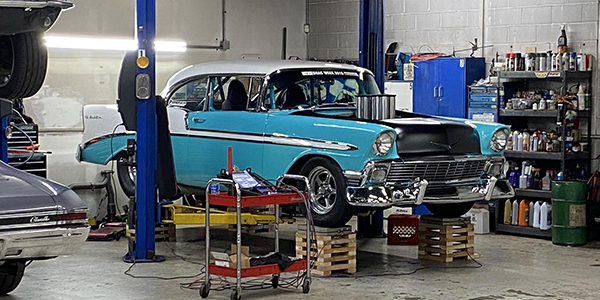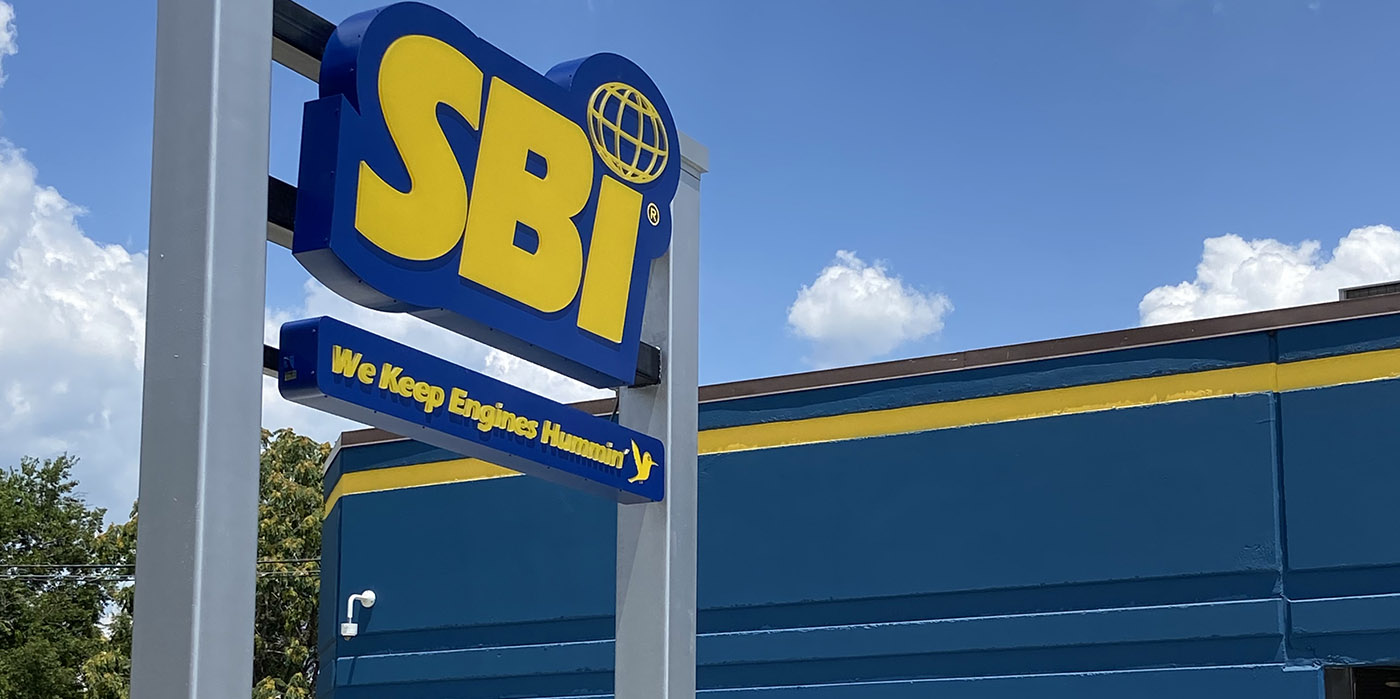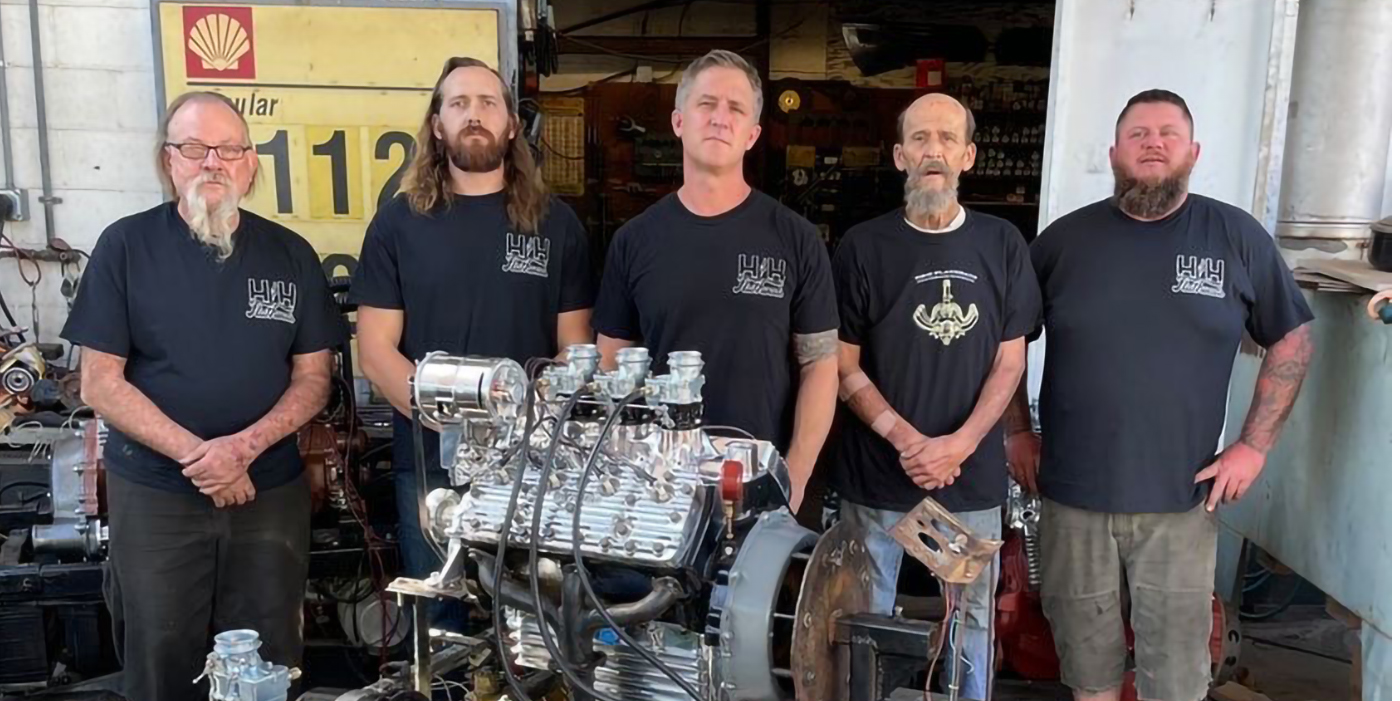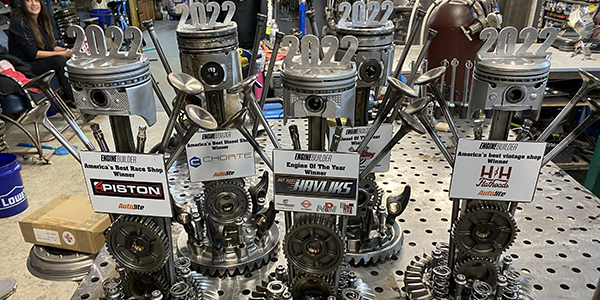One of my first writing heroes was Robert Benchley and his first book I read was when I was a freshman at LaSalle Peru (IL) High School in 1954.
While researching materials to use as an exordium for an English assignment, the humor literature section caught my eye. I found Robert Benchley’s 1936 collection of short stories titled “My Ten Years in a Quandary – And How They Grew.” After the first paragraph I was hooked!
I think a book of that nature should be written about Pro Stock drag racing. Pro Stock has existed in a quandary of constant rule changes for 47 years. I was fortunate enough to have participated in Pro Stock for about 15 of those years and have more than enough stories to fill a book!
I had been a regional Sportsman bracket racer since 1969, raced Pro Stock from 1975-1989, then left in 1990 to become one of the original Pro Modified racers. But even with success in Pro Modified, my heart has always been with Pro Stock.
Therefore, if I wrote about my Pro Stock years, the title would be “My 15 Pro Stock Years In A Quandary – And How They Grew.”
After bracket racing with acceptable accomplishments, my quest in 1975 was to run heads-up Pro Stock. No big dreams, I just desired to run the local Chicagoland version. Only a few dragstrips hosted a local level Pro Stock program and logistically, I was in decent shape. I was only 100 miles from Oswego, IL and 135 from US 30 in Gary, IN. That was all I wanted to do – the Oswego/US 30 Pro Stock circuit.
The Chicagoland Pro Stock rules allowed racers to race at US 30 in Gary, Oswego and even the UDRA circuit. Those early 1970-‘75 local and regional level Pro Stock rules were very liberal.
Most of the early Pro Stocks were made from real cars. Bodies had to be ‘67 or newer and for US 30 and Oswego, Pro Stock weight was 2700 lbs. without a driver! THere was no engine size limit, but it had to be the same brand as the car. Front brakes, headlights and side mirrors weren’t required. Straight axles were accepted. Plexiglas side windows and windshields were allowed. These cars had stock frames with some fiberglass body parts available. For safety, a 4 bar roll bar was mandatory, a helmet and some sort of racing type seat belts were needed and, if you could go 150 MPH, a chute was required.
Early Pro Stock engines were primarily warmed up Super Stock engines, the bigger the better. Pro Stock engines then were built from stock castings. Size was limited because there were really no large stroker kits like today, or oversized aftermarket blocks to go into the later “mountain motor” size range. Many early Pro Stock racers still used flat tappet cams.
However, roller rockers and Jomar girdles had become vogue by then. The monster engines came later with the advent of better aftermarket castings and rotating parts. Valve springs back then, and even later, were a travesty. They would break like popcorn with the bigger camshafts, especially with roller cams. As flat tappet lobes frequently began to flatten, and springs were breaking, most Pro Stock racers finally went to roller cams. But they required even more spring pressure causing more spring breaking. After the development of Pacaloy springs I never broke another valve spring in 20 more years of drag racing.
Of course, some would criticize me for punishing my valve springs by doing my big crowd-pleasing burnouts. But that is why I got many well-paid match exhibition bookings and my critics did not. Plus, I loved doing those big burnouts for my fans. I leaned early that exhibition promoters watch who brought the fans to their feet. And those handsome bookings are what helped me afford to run on a professional level with decent equipment.
Back in early Chicagoland Pro Stock, you could make any mods to the engine you wanted. We could port the heads and intake manifold till the cows came home. No blowers or nitrous were allowed (no sheet metal intakes yet) and maximum induction was two four barrel carbs, any size. Tunnel rams were allowed. Ignition was still mostly points though some captive discharge boxes, like the long gone XPI, showed for a while. Some racers used Mallory Magnetos. Finally MSD came to the rescue.
For at least 15 years, most all Pro Stock racers – local regional, circuit, and even racers in the big three sanctions (NHRA, AHRA and IHRA) – were hands-on racers. Most built their own stuff and tuned it, and raced with only one or two volunteer helpers. Some recruited their wives or did it alone at times. Even I had to recruit help from the stands on a couple of occasions.
My first attempt at Pro Stock was in June 1975. It was a ‘71 Comet with a 427 Ford Tunnel Port and Liberated Top Loader. Unfortunately, the 9” rear end assembly harbored a defective Detroit Locker. On the first hard run, the Detroit Locker locked in Detroit, but not at Oswego, IL.
As I pulled 4th gear, the right side gear cogs slipped, but the left side stayed engaged, causing the Comet to make an immediate, hard right turn. It reacted like a broken axle would. The Comet rolled and flipped 10 times like a violent crashing sprint car. That was one I did not “walk” away from, but I healed quickly.
That same September, I bought a running UDRA/Chicago Pinto Pro Stock with a Gapp and Roush 366” Cleveland and Lenco. The Dana rear had a 35 spline spool (No more Detroit Lockers). This car was a serious player in UDRA and the Chicagoland Pro Stock class.
The Chicago 1975 season was coming to an end, but I got to run once at US 30 and the last day at Oswego. Sadly, it turned out that last day was the end of the Chicagoland Pro Stock at US 30 and Oswego forever!
My intention had always been to race in the US 30 and Oswego Pro Stock, and since Linda and I had put everything into buying the Pinto, our intentions were altered. We decided to update the Pinto a bit over the winter and run Pro Stock with the UDRA and AHRA.
The UDRA had no weight or cubic inch rules. AHRA, NHRA and IHRA had more rules. They factored pounds per cubic inch, which varied with brand, type and model. In ‘78, IHRA went to unlimited CI with a set weight.
Do to the factored rules, most Pro Stock engines were small blocks, and usually de-stroked. We buzzed the snot out of those small cubic inch engines. My 339 and 342 cubic inch Clevelands got close to 12,000 RPM.
My Pinto with a Cleveland, thanks to Gapp and Roush, Dyno Don Nicolson and Bob Glidden, was the highest factor – 7.3x the cubic inch. For a 339, the car had to be 2,475 lbs. minimum weight. The lightest and strongest components available were needed to crank those engines that hard.
My Clevelands had Roush-designed BRC super light gas ported pistons with narrow cylinder wall punishing slipper skirts with .0065˝ piston to wall clearance. 70 gram, conduit-looking wrist pins were tool steel held with double spiral locks. Rings were top: .043˝ moly, second ring 1/16˝ ductile and 1/8˝ low tension oil ring.
I end gapped those rings as tight as allowed. I would paint the ends with black magic marker. When freshened I would watch for shiny spots on gap ends, and adjust if necessary.
Cylinder walls were honed to a mirror finish. The rods we used were Brooks aluminum windage rods with knife edged beams. Rod journals were either 2.000 or 2.100˝ Chevy size. Rod bearings were chamfered with pin hole and extra clearance, netting .0035˝. The mains were the same clearance. And of course, all was neutral balanced or even overbalanced.
To get an edge some of us even tried pistons in the small blocks with only two ring slots. Top ring was .043˝ and second slot held a 1/16˝ ductile second ring with a 1/8˝ oil ring package below. After a couple of runs the ring seal went to hell.
By 1983, the small block Pro Stock era was over. As of 1978 IHRA was unlimited cubic inch at 2,350 pounds. AHRA had gone the IHRA route in mid-1980, except by ‘81 had a nitrous option for small blocks only. In 1983, even the NHRA dumped factoring. But instead, only allowed 500 cubic inch at 2350 pounds, which still stands today.
And the Pro Stock quandary still grows, out of proportion for some. The new rules and approach to Pro Stock in 2016 is as different from its beginning in 1969/’70 as the Wright Brothers are to NASA. Not only has technology advanced in leaps and bounds, but so has the cost.
Along the way there have been myriad rule changes. One of the most interesting was NHRA mandating materials and minimum weights for all engine moving parts.
The quest for an edge for those with mega deep pockets had gotten out of hand, spending with ridiculous amounts for composite engine parts like rods, valves, pushrods, and titanium valve springs, which now are also illegal and dangerous.
The new rules for 2016 became even more radical when injection induction was mandated. Injection was supposed to bring Pro Stock closer to a production vehicle example, although the mandated injection used on NHRA Pro Stocks is not even close to what a production automobile uses today.
A 10,500 RPM limit has also been mandated. Shorter wheelie bars are now required at 66 inches. In addition, cars have to be parked, and engines not covered so fans can interact with the racer and crews.
Sadly, as Pro Stock approaches its 50th anniversary, NHRA Pro Stock is experiencing short fields. At the recent Houston event there were only 13 Pro Stocks. But there were 29 Pro Mods with a weak purse. Some say the short field problem is due to the cost to conform to the new 2016 mandated rules. Granted, the expense to update for some lesser teams has had some effect.
And so it goes, the constant Pro Stock quandary. Robert Benchley would have loved it! ν





